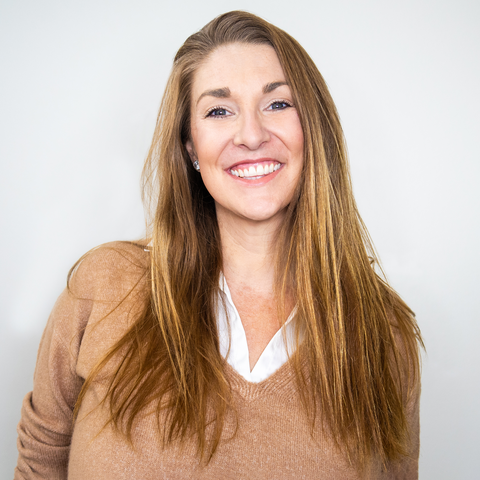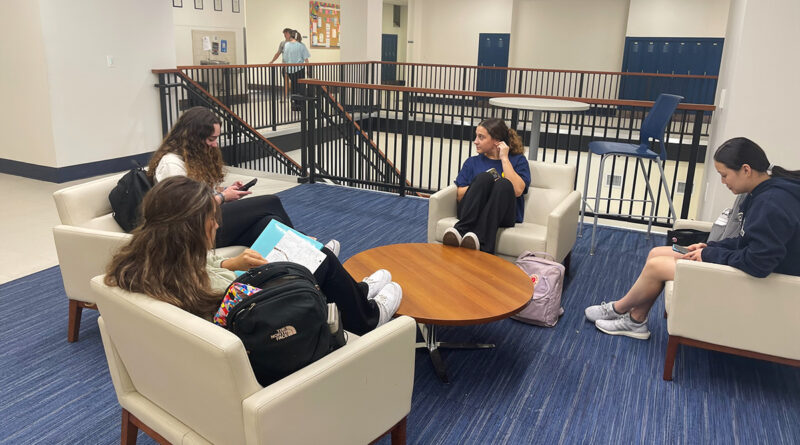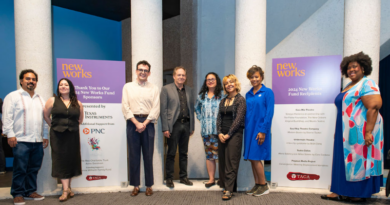School Design Should Foster Connection, Collaboration
Tangram Interiors executives discuss future of educational spaces
Tangram Interiors entered the North Texas market less than a year ago, acquiring BKM Total Office of Texas and bringing expertise in furnishings for medical, commercial, and educational spaces.

The California-based company hasn’t tackled any Dallas ISD projects yet but, operating from its regional headquarters west of Dallas Love Field on Clifford Drive, did work on an install at Highland Park High School.
Vice president of sales Amber Jones and Mark Peters, director of healthcare and education sales, recently talked about trends in spaces for schools. Here are some excerpts:
What will school look like 50 years from now?
AMBER: The purpose of school is to teach people to be successful later in life. And the more we learn about life, the more we realize we must work collaboratively, in groups, whether through technology or in person. Past generations didn’t like group work much, often because there were disparities in who performed and got credit for the work. We need to teach collaboration in an appealing manner so that each student can learn better collaboratively and still pull his or her own weight.
MARK: I think we’ll eventually recognize that there’s a lot of learning that can take place outside of the classroom, with help from technology. So, in-classroom engagements (like lectures) will look very different or may not even be necessary in the future. Science and research labs will change, too. In the past, there was a need for either a wet lab or a dry lab. Today you’re seeing a lot more hybrid labs as different disciplines come together to tackle complex problems.
What do spaces in schools need to solve for today?

MARK: A sense of belonging and connection is so important in classroom design today. Especially in Texas. Some of these high schools have 5,000 or more students. So how do you create an environment where students feel like they belong? When they belong, that’s when they progress.
And we must look at wellness for the student – not just learning outcomes, but overall wellness and mental health. We recognize that this generation has higher anxiety and stress levels than generations before them. In part, this means helping students make connections, whether it’s with their peers, staff, or teachers.
AMBER: A conventional classroom is a very top-down situation, where the teacher is in charge, and every adult eye has to be on every child at all times. We see schools providing students a little bit more flexibility to learn in the way that’s more convenient for them. From a design standpoint, this means different lounge areas or adjacent-to-classroom areas.
When you put students in an open environment with their peers versus sitting at the same desk for six hours, it’s amazing where their imaginations and conversations lead.









